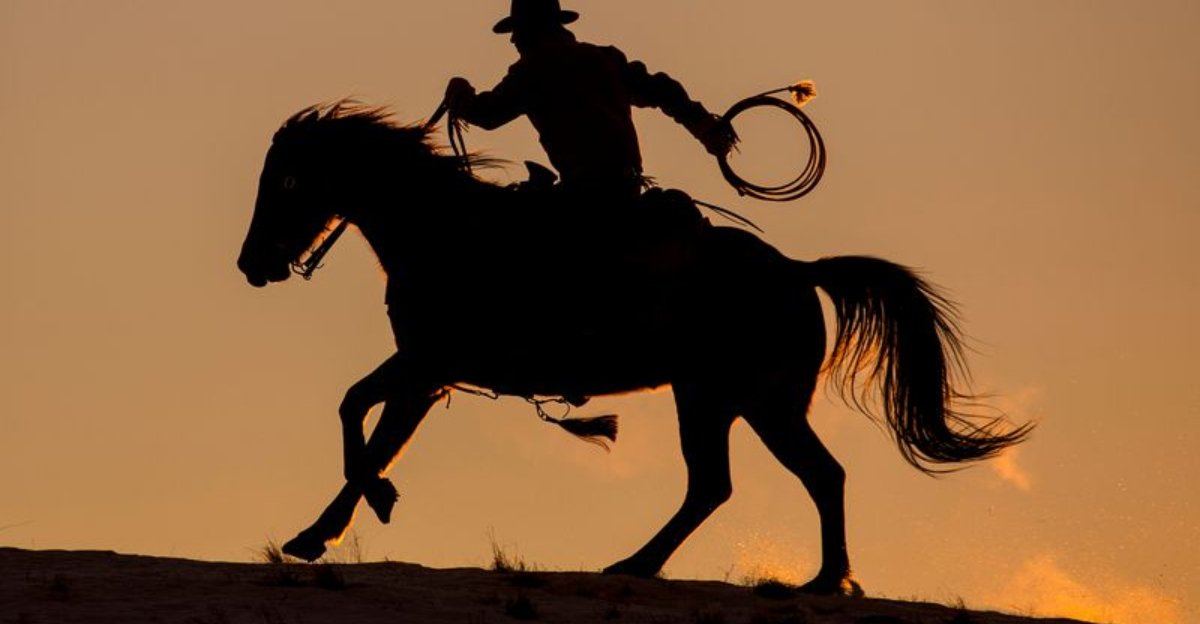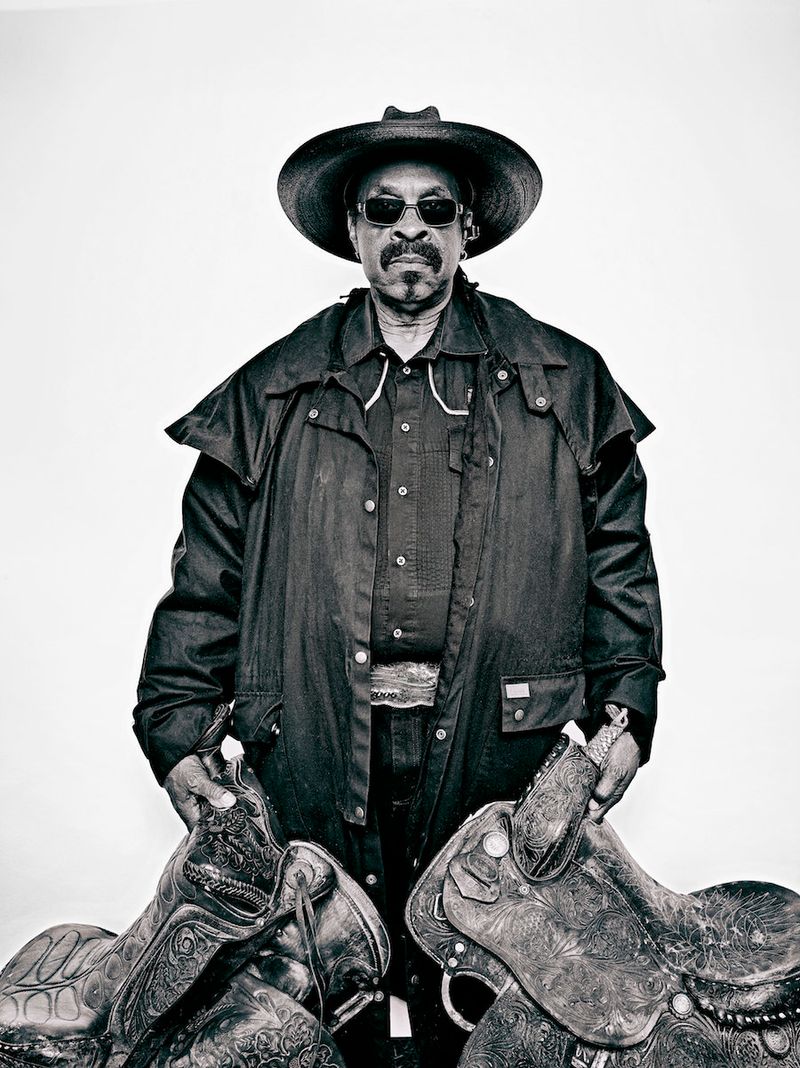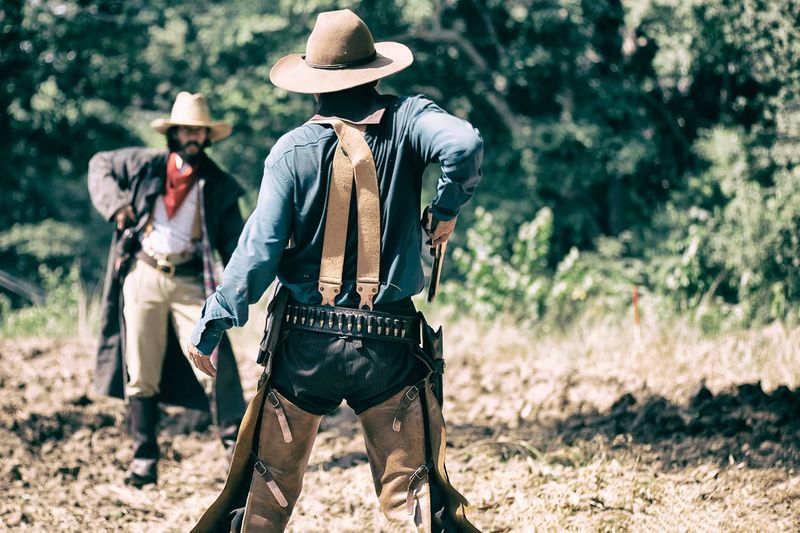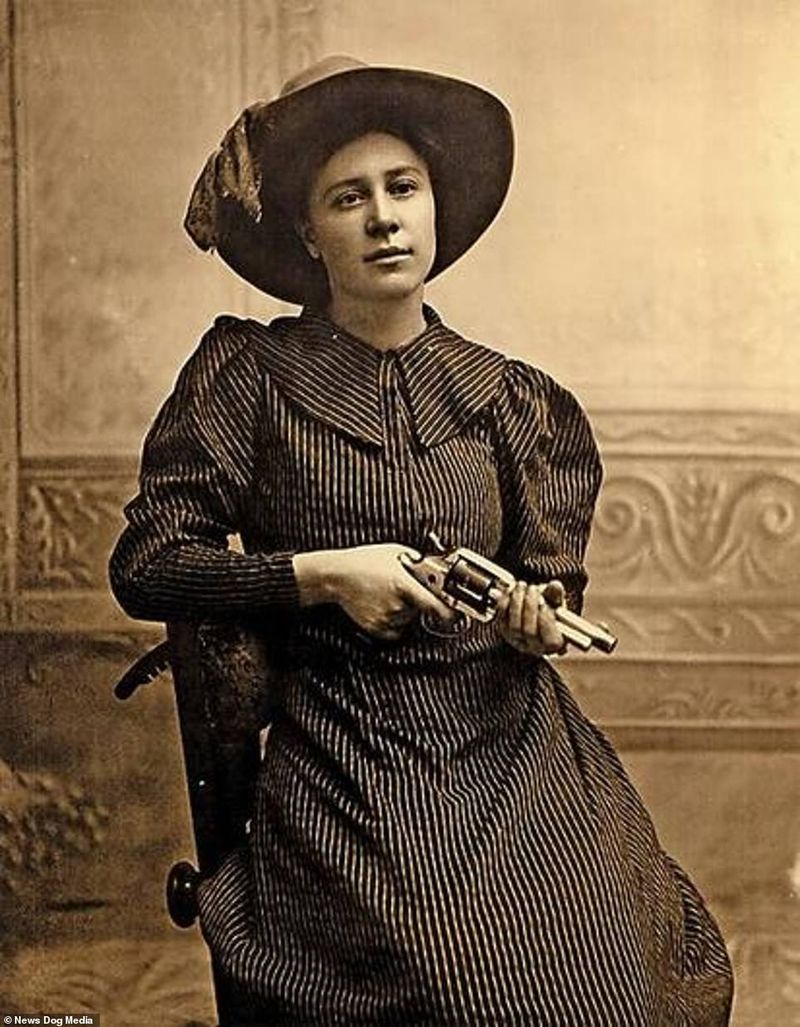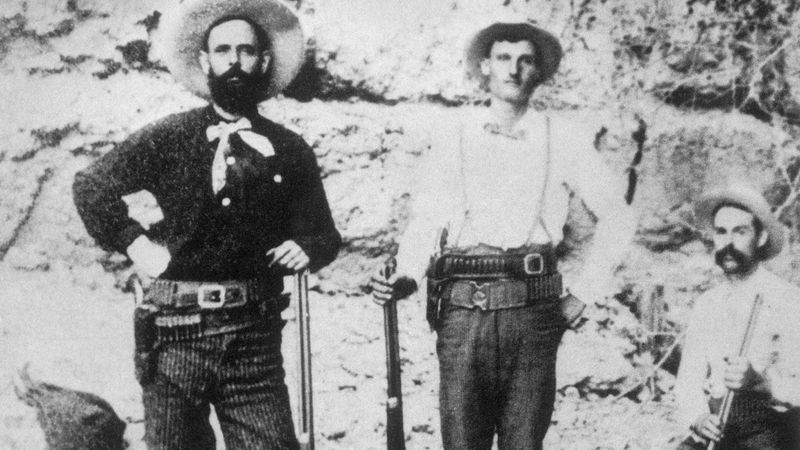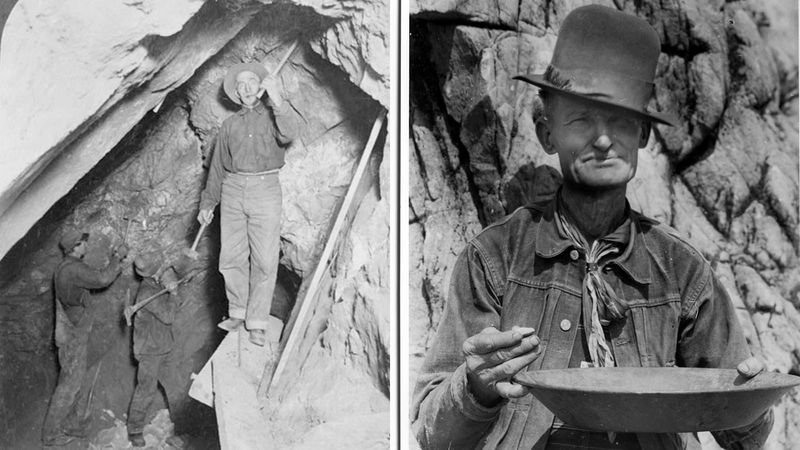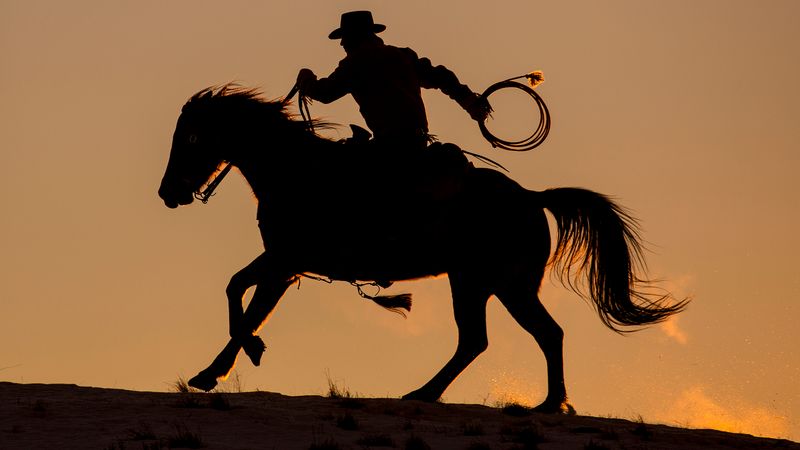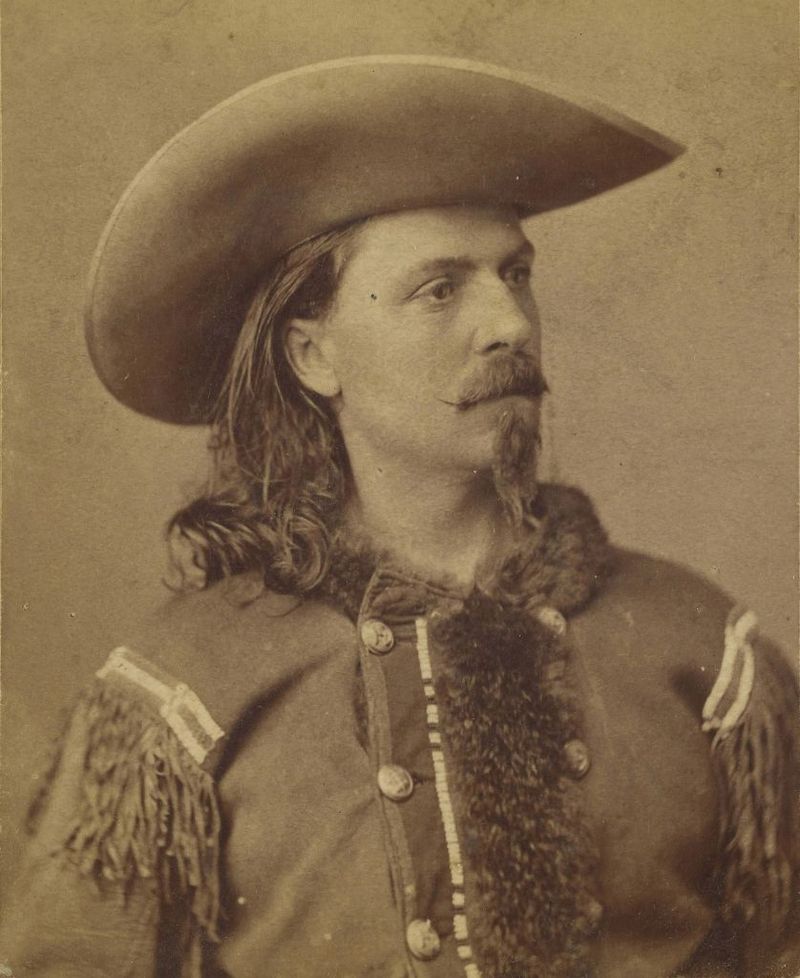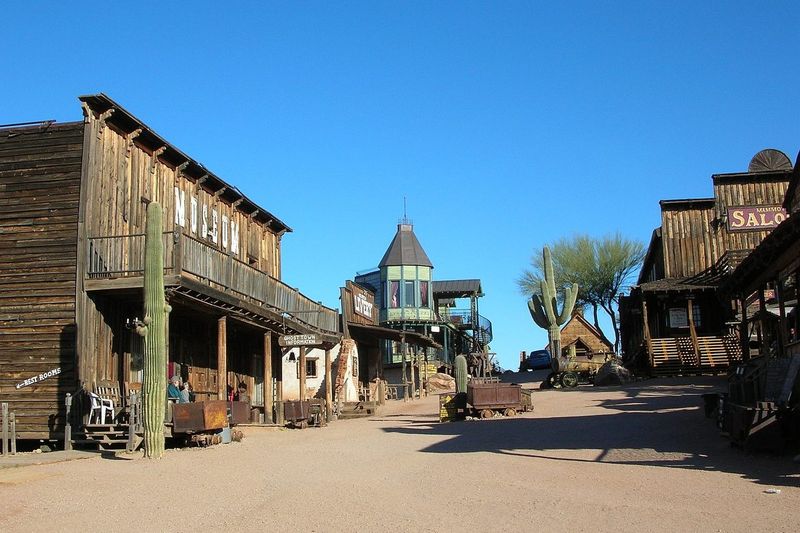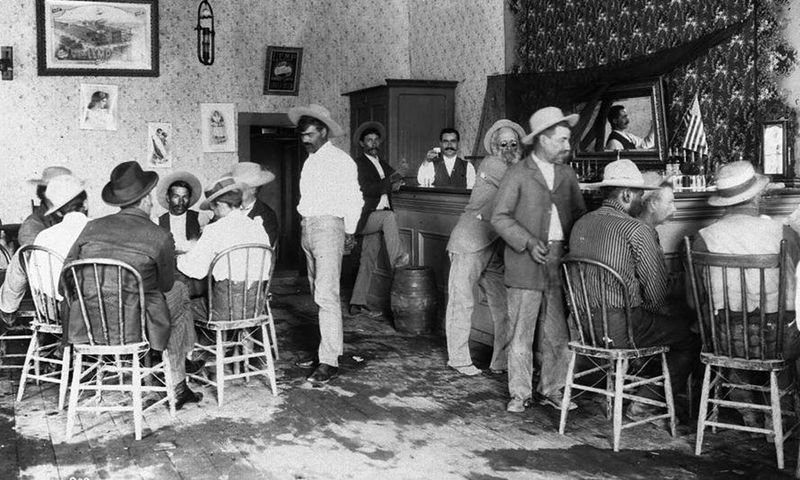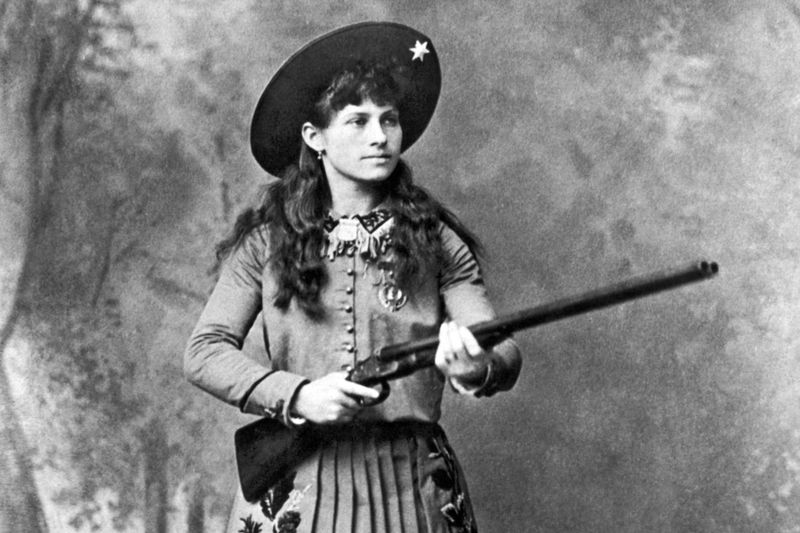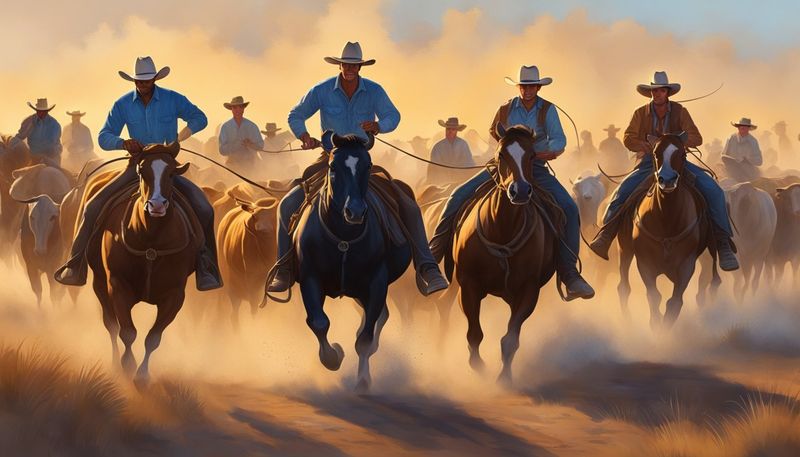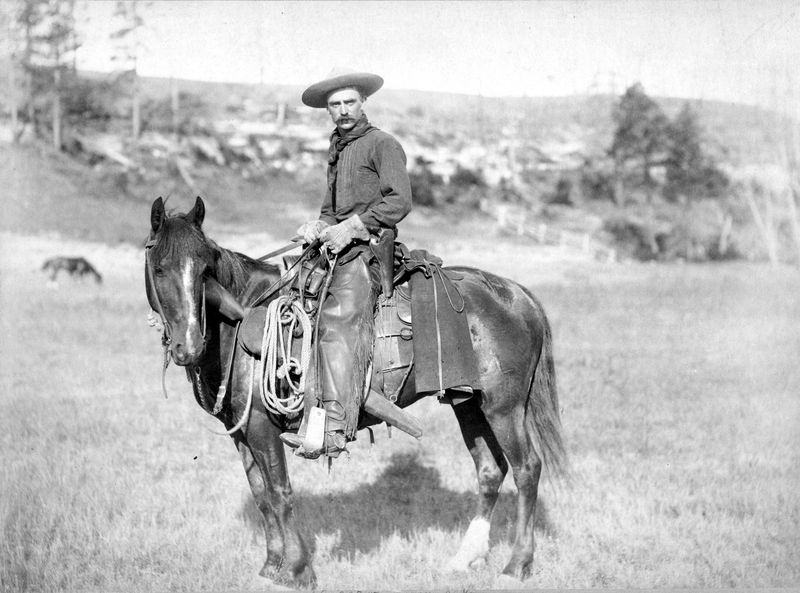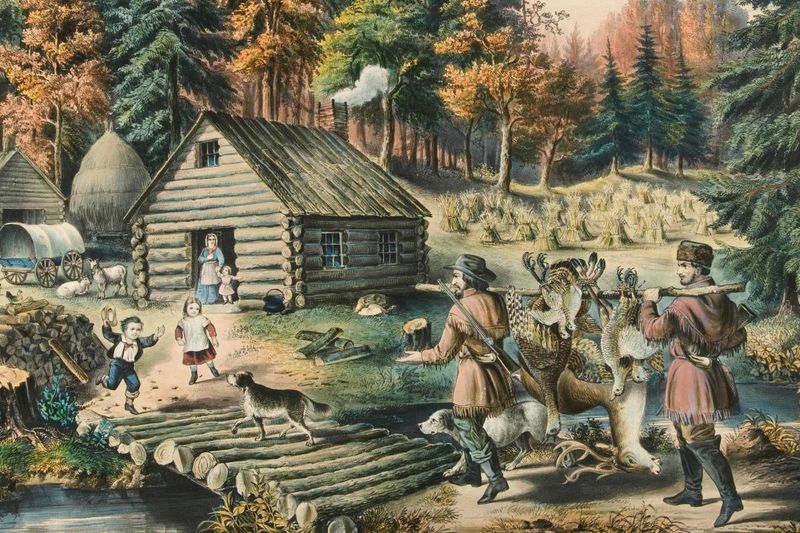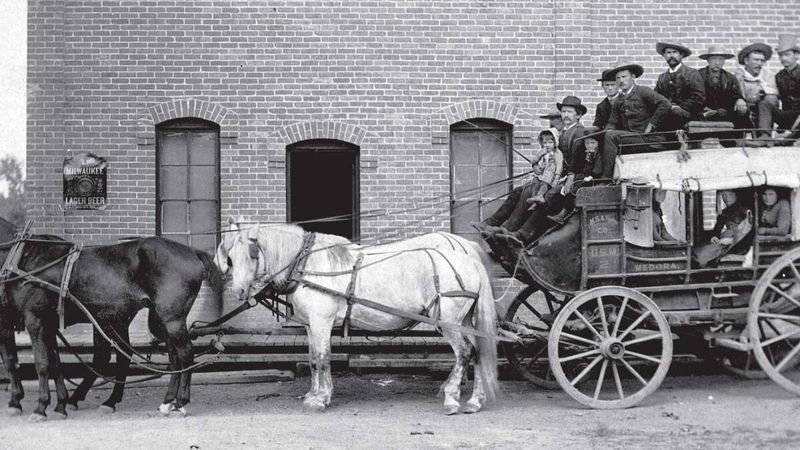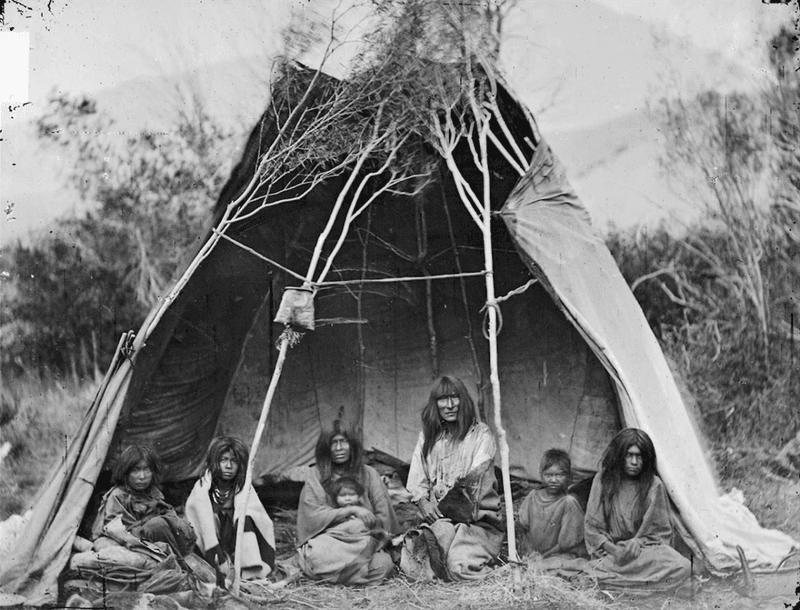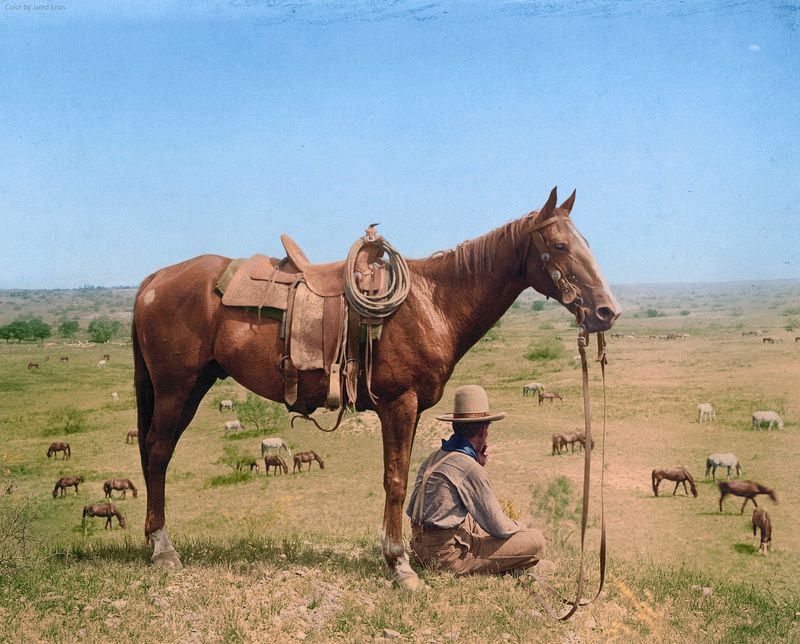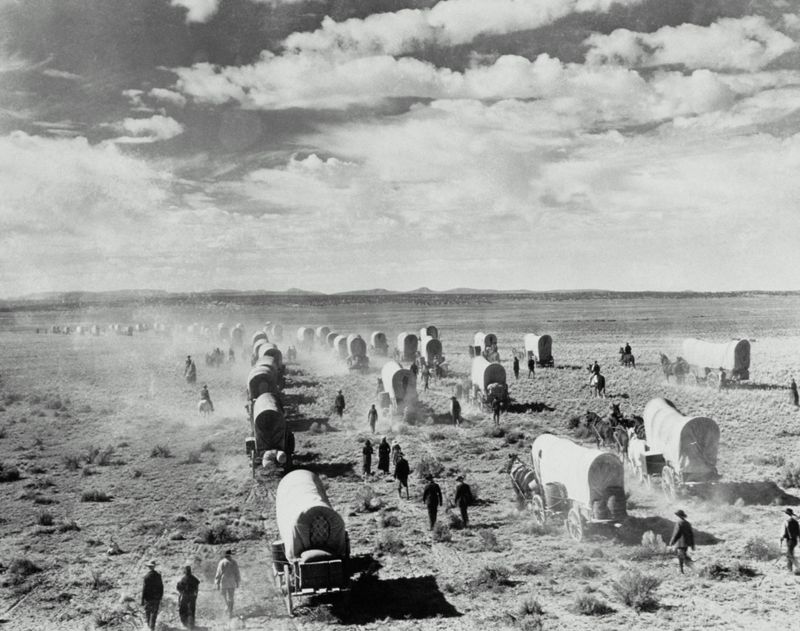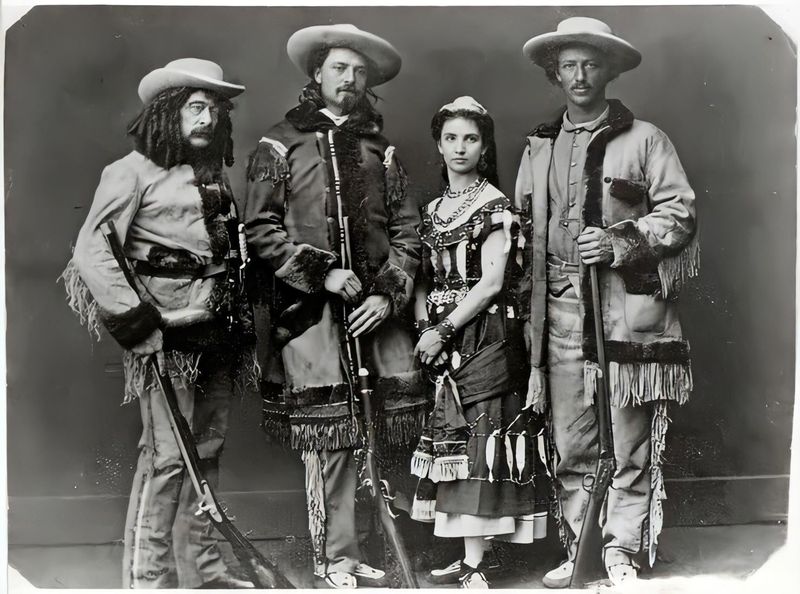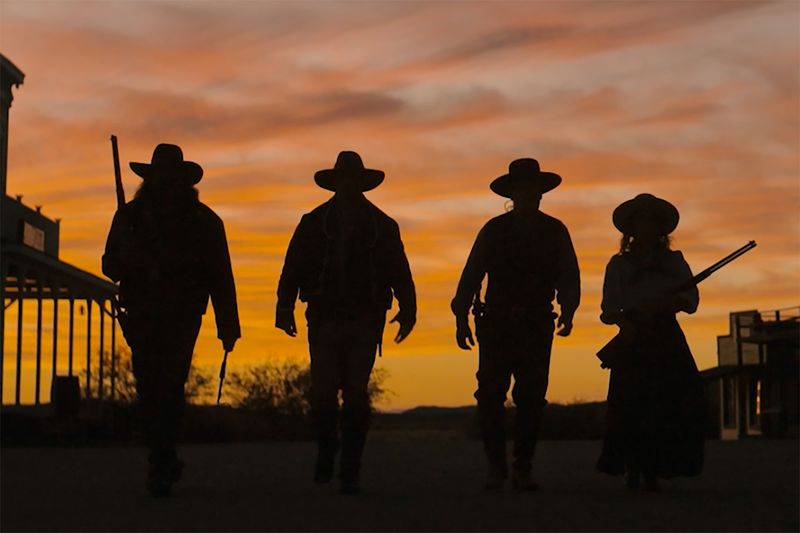The Wild West is often romanticized in films and literature, painting a picture of rugged cowboys, endless duels, and untamed landscapes. However, many of these depictions are more fiction than fact.
In this blog post, we’ll debunk 20 common myths about the Wild West that you’ve likely believed. From misunderstood figures to exaggerated events, it’s time to set the record straight and explore the true history of this iconic period.
1. Cowboys Were All White
When you think of cowboys, you might picture a rugged white man. Yet, the cowboy profession was diverse. African Americans, Hispanics, and Native Americans made up a significant portion of cowboys.
These men worked long, hard hours, herding cattle across vast plains. The movies rarely show this rich diversity, but it was an integral part of the Wild West.
Cowboys of all backgrounds shared similar experiences and challenges, bonding over their tough lifestyle. By acknowledging this diversity, we gain a more accurate understanding of the labor and culture that defined the era.
2. Shootouts Were Common
The Wild West is famous for dramatic shootouts on dusty streets. However, these events were rare. Most townspeople carried on with daily life without guns blazing. Lawmen, saloon owners, and businesspeople preferred peaceful resolutions to conflicts.
Shootouts disrupted business and community life, so they were generally avoided. The myth of frequent shootouts likely stems from sensationalized newspaper stories and dime novels.
By focusing on the mundane aspects of town life, we see a more authentic picture of the Old West. Peaceful towns were more common than the violent scenes often depicted.
3. Women Were Helpless
Contrary to popular belief, women in the Wild West were not just damsels in distress. They were resilient, managing farms, businesses, and households. Many women were educators, doctors, and even landowners.
Pioneer women often faced harsh conditions, needing strength and ingenuity to survive and thrive. Their roles were crucial in building communities and supporting their families.
These women broke the mold of traditional femininity, proving their worth in challenging circumstances. Stories of strong frontier women paint a more accurate picture of the era, showcasing their significant contributions.
4. Outlaws Ruled the West
The notion that outlaws ran rampant in the Wild West is exaggerated. While notorious figures like Jesse James existed, they were exceptions, not the rule. Law enforcement, although sometimes underdeveloped, maintained order in most towns.
Sheriffs and marshals worked to uphold the law, often with community support. Outlaw stories were sensationalized, overshadowing the reality that most Westerners were law-abiding citizens.
By focusing on these dramatic tales, the quieter, orderly reality of frontier life is often ignored. The Wild West was not a lawless land but a developing society with structured communities.
5. Native Americans Were Always Hostile
The stereotype of Native Americans as hostile aggressors is misleading. While conflicts did occur, many tribes engaged in peaceful trade and negotiations with settlers. Native Americans were diverse, with varied responses to the encroaching settlers.
Many sought cooperative relations to protect their territories and way of life. This myth overshadows the complex interactions and mutual exchanges that took place on the frontier.
Understanding this nuance helps in recognizing the sophisticated societies that existed long before European settlers arrived. Peace and cooperation were as common as conflict.
6. Gold Rush Get Rich Quick
The Gold Rush is often thought of as a path to quick riches, but for most, it was a tough, unrewarding endeavor. Few struck it rich, while many faced harsh conditions and financial ruin. Prospecting required hard labor and hopeful persistence.
Although tales of fortune circulated, the reality was less glamorous. Settlements grew around mining areas, but only a small number truly profited.
This myth underscores the broader narrative of American Dream pursuits, where hard work didn’t always guarantee wealth. Understanding the hardships can shift the perspective from fantasy to reality.
7. Everyone Rode Horses
It’s a common belief that everyone in the Wild West rode horses, but this wasn’t the case. Many settlers traveled in ox-drawn carts or on foot. Horses were valuable and not always accessible to everyone.
Towns often had diverse modes of transport, with trains, carts, and walking paths. Horses were more common among cowboys and the wealthy. This myth simplifies the varied transportation methods that were actually used.
By acknowledging the alternatives, we can appreciate the logistical challenges settlers faced. The Wild West was more pedestrian than often portrayed.
8. Buffalo Bill’s Shows Were Real
Buffalo Bill’s Wild West shows were crafted entertainment, not accurate depictions of frontier life. These performances mixed fiction with reality, celebrating the mythos of the West.
The shows were theatrical, featuring exaggerated characters and sensational scenes. While entertaining, they distorted the true nature of the Wild West. Audiences were captivated by the spectacle, believing it reflected authentic history.
This myth has persisted, shaping perceptions even today. By understanding the theatrical nature of these shows, we can separate entertainment from historical fact. The Wild West was complex, not just a staged drama.
9. All Western Towns Were Isolated
The image of isolated, lonely Western towns is a misconception. Many were connected by railroads and telegraphs, facilitating communication and trade. These connections helped integrate them into the broader economy and society.
As transportation networks expanded, goods and people flowed more freely. This interconnectedness fostered growth and cultural exchange. The idea of isolation overlooks the dynamic nature of frontier towns.
By recognizing their connectivity, we see them as vibrant communities rather than remote outposts. They were part of a larger tapestry, contributing to the nation’s development.
10. Saloon Brawls Were Daily
Saloons are often depicted as chaotic scenes of daily brawls, but they were mostly social centers. Patrons gathered for drinks, games, and camaraderie, not constant fistfights. Brawls did happen, but they were not the norm.
Most saloon owners encouraged peaceful atmospheres to attract regular customers. The image of constant chaos is exaggerated by films and stories.
Understanding saloons as community hubs rather than battlegrounds reshapes our view of social life in the Wild West. These venues were essential for networking and relaxation, not just rowdy entertainment.
11. Guns Were Everywhere
The idea that everyone in the Wild West was armed to the teeth is a myth. Many settlers had limited access to firearms, which were expensive and not always necessary. Guns were tools, used primarily for hunting and protection, not constant display.
Laws often prohibited carrying guns in towns to maintain order. Movies have amplified the notion of a gun-slinging populace. In reality, many people led lives where guns played a minimal role.
By challenging this myth, we can appreciate the diverse and often peaceful nature of frontier communities.
12. Cattle Drives Were Chaotic
Cattle drives might seem chaotic, but they were highly organized operations. Cowboys worked together, employing specific strategies to manage the herds. These drives required coordination, leadership, and teamwork to succeed.
Cowboys navigated challenges like weather and terrain, maintaining order throughout. The image of disarray is misleading, as discipline was key to a successful drive.
By understanding the structured nature of cattle drives, we can appreciate the skills and cooperation involved. These drives were complex enterprises, not random, uncontrolled movements. Their success lay in meticulous planning and execution.
13. Frontier Justice Was Quick
The idea of quick, rough justice in the Wild West is exaggerated. Legal systems were developing, with formal procedures and trials in many towns. Judges, juries, and legal representatives played roles in ensuring fair trials.
While some areas lacked established courts, many had structured legal processes. The myth of frontier justice overlooks these developments. By acknowledging the growth of legal systems, we see a more nuanced picture of law and order.
Justice wasn’t always swift or informal, but often involved due process and community involvement in legal matters.
14. Pioneers Had Simple Lives
Pioneers are often thought of as living simple, uncomplicated lives, but their reality was far from it. They engaged in diverse activities, from farming to craftsmanship, requiring varied skills. Pioneering was labor-intensive, demanding resilience and innovation.
Families needed to be resourceful, balancing multiple roles and responsibilities. The romantic idea of simplicity ignores the complexity and challenges they faced daily.
By understanding the multifaceted nature of pioneer life, we gain appreciation for their adaptability and tenacity. Their lives were intricate, shaped by the need for constant problem-solving and hard work.
15. Stagecoaches Were Comfortable
Traveling by stagecoach was anything but comfortable. Passengers endured cramped spaces, bumpy rides, and long hours. The journey was often exhausting, with little respite along the way.
Stagecoaches served a practical purpose, but comfort wasn’t a priority. Despite the challenges, they were essential for connecting distant towns. The myth of leisurely travel fails to capture the discomfort and endurance required.
By recognizing the hardships of stagecoach travel, we can better appreciate the determination of those who ventured across the frontier. It was a test of stamina, not a pleasant journey.
16. All Natives Lived in Tipis
The belief that all Native Americans lived in tipis is inaccurate. Housing varied widely among tribes, reflecting diverse cultures and environments. Some lived in longhouses, pueblos, or earth lodges, tailored to their regional climates and lifestyles.
Tipis were common among Plains tribes, but not universal. This oversimplification ignores the rich architectural diversity of Native American societies.
By appreciating these variations, we gain insight into the adaptability and ingenuity of these communities. Their housing reflected sophisticated knowledge of materials and environments, challenging the simplistic view often portrayed.
17. Cowboys Lived Alone
The image of solitary cowboys roaming the plains alone is misleading. Cowboys often worked in groups, sharing camps and duties. They formed tight-knit communities, relying on each other for support and camaraderie.
Life on the range was demanding, requiring teamwork and cooperation. The myth of lone cowboys romanticizes isolation, but comradeship was a significant aspect of cowboy life.
By understanding their social bonds, we see cowboys as part of collective efforts, not isolated figures. Their success depended on working together, reflecting the communal nature of frontier life.
18. The West Was a Desert
The idea that the Wild West was a barren desert ignores its geographical diversity. The West featured a wide range of landscapes, from lush forests and fertile plains to rugged mountains and arid deserts.
This variety influenced settlement patterns, agricultural development, and cultural practices. The myth of a uniform desert landscape oversimplifies the complexity of Western environments.
By recognizing this diversity, we appreciate the adaptability of settlers and indigenous peoples. They navigated different terrains, contributing to the region’s rich history and development. The West was a mosaic of ecosystems, not just desert sands.
19. Cowboys Always Wore Hats
The iconic cowboy hat is a symbol of the Wild West, but not all cowboys wore them. Practicality often dictated their attire, with some opting for caps or bandanas. Clothing varied based on tasks and weather conditions.
While hats provided shade and protection, they weren’t universally worn. This myth elevates a fashion accessory to essential status, overlooking the functional diversity of cowboy clothing.
By acknowledging this, we see cowboys as resourceful and pragmatic, adapting to their needs. Their attire was about utility, not just iconic style.
20. The ‘Wild’ West Never Ended
The notion that the Wild West remains unchanged is inaccurate. Over time, Western towns evolved, integrating modern infrastructure and culture. The frontier era gave way to contemporary development, blending history with progress.
This evolution reflects broader societal changes, as communities adapted to new challenges and opportunities. The myth of an unchanging Wild West neglects these transformations.
By recognizing the dynamic nature of Western towns, we appreciate their resilience and growth. The ‘Wild’ West was a phase in history, not a permanent state, and its legacy continues to shape the region today.
